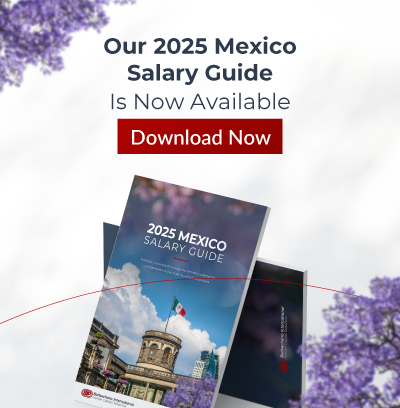
When you build something you’re proud of, you want it to last. Imagine, for instance, that you’re building a building with your own two hands. During the process, to keep it from eventually falling, you’ll need to give it a strong foundation. You’ll also need to use the highest-quality materials, and be sure to factor in environmental forces, making decisions and plans to protect it against prevailing conditions and potential future circumstances.
Succession planning for your company is a similar strategic process. It ensures the smooth transition of leadership within a company, to keep it from “falling” when a current leader steps down for any reason. Succession planning involves identifying and developing individuals inside or outside the organization who have the potential to fill key roles when the time comes.
Why It Matters
You’d think succession planning would be a universal practice, but surprisingly, according to an SHRM survey, only 21% of HR professionals indicated that their companies have a formal succession plan in place. About 24% at least have an informal plan, but that leaves more than half of respondents (55%) who claim that their organizations don’t have any succession plan at all.
Why should they?
The organization design specialists at Orgvue assert, “By proactively selecting and preparing successors, businesses can minimize disruptions, maintain stability, and foster a valuable culture of growth.” Let’s talk about those benefits in a little more depth.
Minimize Disruptions
Having a plan in place to execute a seamless leadership transition prevents business operation disruptions that can occur if you have to scramble for solutions when top leaders take their leave. These interruptions, of course, can have a detrimental effect on your bottom line and even your longevity.
Maintain Stability
By identifying and preparing potential successors and being transparent about their eventual promotion to leadership, you can minimize speculation and manage internal and external expectations. When everyone knows what to expect, the company’s integrity is upheld.
Foster a Growth Culture
A succession plan means having people in line who will be ready to take the reins when their moment arrives. For that to occur, constant upskilling and reskilling is a must. The objective isn’t only to have a plan; it’s to guarantee a consistent leadership pipeline. “Making that happen,” says Learning Guild program manager Pamela Hogle, “requires a company culture that supports and encourages continuous learning. ”
Building to Last
Let’s go back to the building analogy to learn how to create a robust succession pipeline. Remember the three points we mentioned that make a building last?
- A Strong Foundation
- High-Quality Materials
- Forward Thinking
These are also the elements that should go into strategizing succession for the next in line.
A Strong Foundation
First, you need something viable to pass on. Long before a changing of the guards can take place, you must build a solid foundation of growth and profitability. Also, certain fundamental mechanisms should be in place to pave the way for succession planning, according to SHRM:
- Design jobs with layered skill sets to teach (and identify) outside-the-box strengths.
- Develop an open organizational structure to encourage cross-functional learning.
- Choose candidates in light of potential tasks beyond their initial job description.
Laying this groundwork can help you pinpoint the key positions and players that are best suited for succession planning.
High Quality Materials
In your company, your “materials” are your people. As you select the candidates you want to join your team, always begin with the end in mind. Don’t only think about where you’re placing them now; think about where you might be able to place them in the future. This idea goes hand-in-glove with the points mentioned in the “Strong Foundation” section above. In your hiring practices, never settle. Always push to find, hire, and train the best possible staff for each and every position, as your associate managers of today may be your CEOs of tomorrow. A good executive search firm can be your best ally in this endeavor, unearthing prospects you might not be able to find on your own.
Forward Thinking
If you build in a flood zone, you use water-resistant materials. If you build in an earthquake zone, you brace your cripple walls. In other words, to build anything lasting, you must look ahead and prepare for conditions that might exist in the future. Similarly, if you’re building a company, you must understand that the current business environment is going to change, and your future leaders need to be prepared for those changes. Conditions they can expect are (and this is by no means a comprehensive list):
- Emerging technologies
- Public accountability
- Heightened expectations
- Fierce competition
- Stewardship of sustainable growth and value
What type of leadership will be required for your organization to succeed in the future? You can’t just look to preserve the status quo; you must always look ahead, putting people in place and preparing them to be ready to step into the “brave new world.”

By Octavio Lepe
Executive Vice-President
Octavio is the search practice leader for Executive Management, Food & Agriculture, Sales & Marketing, and D&I in the Americas.
Barbachano International (BIP) is the premier executive search and leadership advisory firm in the Americas with a focus on diversity & multicultural target markets. Since 1992, BIP and its affiliates have impacted the profitability of over 50% of Fortune 500 Companies. BIP has been recognized by Forbes as Americas’ Best Executive Search Firms and currently ranks #10 and #3 on the West Coast.

